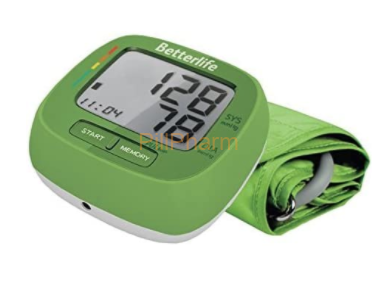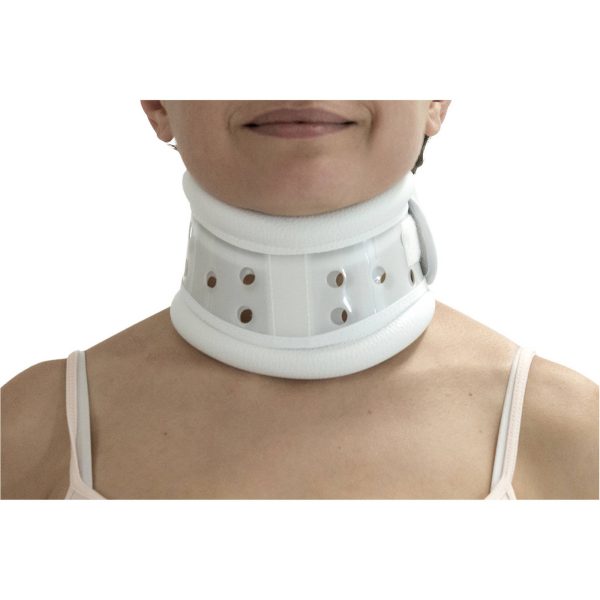

Betterlife Blood Pressure Monitor
KSh 4,950.00
This Betterlife machine is a automatic blood pressure monitor that is easy to use, gives an accurate reading , portable, making it easy to use when out and provides you with the convenience of testing at home. Features; Easy To Use, Universal Cuff, Provides an Accurate Reading.
1 in stock
A blood pressure test is the only way to find out if your blood pressure is too high or too low, because most people won’t have any obvious symptoms. Having a test is easy and could save your life.
How to use Betterlife Blood Pressure Monitor
- Once you are in a comfortable position press START on the Betterlife blood pressure monitor
- Once the cuff has automatically inflated, the LCD screen will display a flashing heart whilst the pressure is gradually reduced and the monitor takes an automatic measurement
- The monitor will faintly beep when the automatic measurement has finished. It is advised to use the monitor in a quiet room in order to hear the beep. The reading will be displayed on the screen along with the pulse rate.
Blood pressure is measured in millimeters of mercury (mmHg) and is given as 2 figures:
- systolic pressure – the pressure when your heart pushes blood out
- diastolic pressure – the pressure when your heart rests between beats
For example, if your blood pressure is “140 over 90” or 140/90mmHg, it means you have a systolic pressure of 140mmHg and a diastolic pressure of 90mmHg.
As a general guide:
- normal blood pressure is considered to be between 90/60mmHg and 120/80mmHg
- high blood pressure is considered to be 140/90mmHg or higher
- low blood pressure is considered to be 90/60mmHg or lower
A blood pressure reading between 120/80mmHg and 140/90mmHg could mean you’re at risk of developing high blood pressure if you don’t take steps to keep your blood pressure under control.
To keep track of your blood pressure reading, take this chance to get yours from Hemlock. See the Betterlife manual for full instructions on how to better use the manual.
Related products











